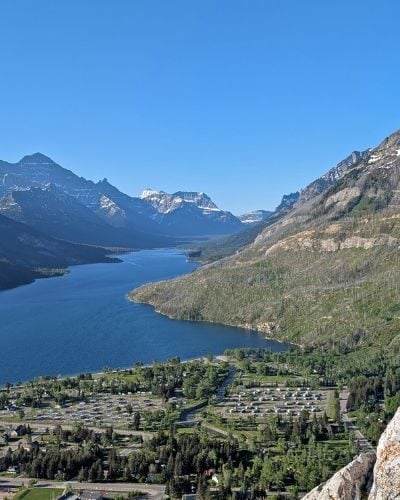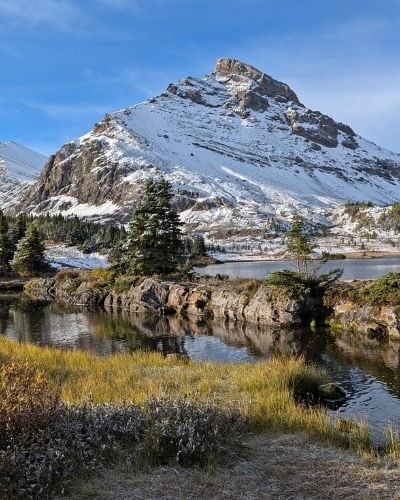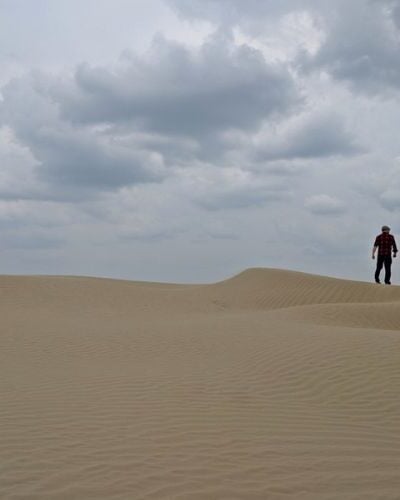Deciding when is the best time to visit any destination is always difficult – Vancouver Island being no exception. Whether you’re trying to choose the perfect time or only have a small window to go, this post breaks down exactly what you can expect throughout the seasons.
As former Island residents who still visit at least twice a year, JR and I have explored Vancouver Island pretty extensively. We’ve hiked to the northwestern tip on the North Coast Trail, stood on mountain summits in the interior and wandered through old growth groves in the south.
Our time on the Island has thrown all kinds of gnarly weather at us, from 24 hour long downpours to heat waves and everything in between. Each of these moments has shown us just how unique every season on Vancouver Island can be.

In our opinion, visiting Vancouver Island is worthwhile at any time of year.
There is so much to do, especially if you love nature and outdoor activities. That said, if you’re aiming for a particular experience or a preferred type of weather, planning your visit for the right season can make all the difference.
Read on to discover what to expect when travelling Vancouver Island throughout the year, plus guidance on the ideal time to enjoy specific activities such as whale watching, hiking and surfing.

Month to month guide for visiting Vancouver Island
This section explains what conditions, weather, and activities to expect on Vancouver Island by month and season, while giving you a sense of how the island shifts throughout the year. The season dates as noted here follow local conditions rather than the traditional calendar.
Vancouver Island is a big place. From north to south, it measures around 460km (285 miles) It is about 460km (285 miles). There are some weather differences between regions.
For example, the western coast receives the most rain, with communities on the eastern side sitting in a rain shadow behind the interior mountains.

Victoria stands out as the sunniest location on Vancouver Island. Inland communities, such as Port Alberni, experience hotter than average temperatures in summer and slightly colder weather in winter. North Vancouver Island receives cooler temperatures overall, even in July and August.
Please note that the Island has been experiencing increasing drought conditions. Though heavy and frequent rain remains a feature of the climate, especially at certain times of the year, dry spells are lasting longer. Vancouver Island consequently recieves less annual precipitation than it once did.

Spring – Late March to June
Vancouver Island is one of the first places in Canada to warm up in spring, with the first blossoms usually appearing towards the end of March. Expect a mix of weather conditions at this time of year, with sunny days potentially hitting 18-20°C, alongside cool, wet days around 10-12°C.
This is an ideal time to visit if you want to skip the summer crowds while still enjoying plenty of outdoor activities. Thanks to seasonal rainfall and melting snow, waterfalls are especially spectacular to visit during this time. My favourites include Elk Falls and Englishman River Falls.

Coastal hiking trails (such as the Wild Pacific Trail and the Juan de Fuca Marine Trail) are particularly popular in spring, as alpine routes still have snow. Note that trails can be muddy at this time and some sections may not have been maintained yet. The iconic West Coast Trail opens in early May.
Thousands of grey whales migrate along Vancouver Island’s western coast from March to May, with humpbacks also commonly seen from May onwards. Guided wildlife tours are available in Tofino, Victoria, Campbell River and other locations.
Other whales, including the resident orca, become more active around the herring spawning. This occurs for two weeks during March and April, with the exact timing changing from year to year.
- Best for: Waterfalls, whale watching, floral displays, birding, hiking, golf, herring spawning, birding, cherry blossoms
- Major events: Pacific Rim Whale Festival (March), Brant Wildlife Festival (April), Qualicum Beach Family Day (May), Swiftsure Yacht Race (May), JazzFest (June)
- Keep in mind: Quieter time to explore though unpredictable weather (cool, rainy at times). Expect mud on hiking trails
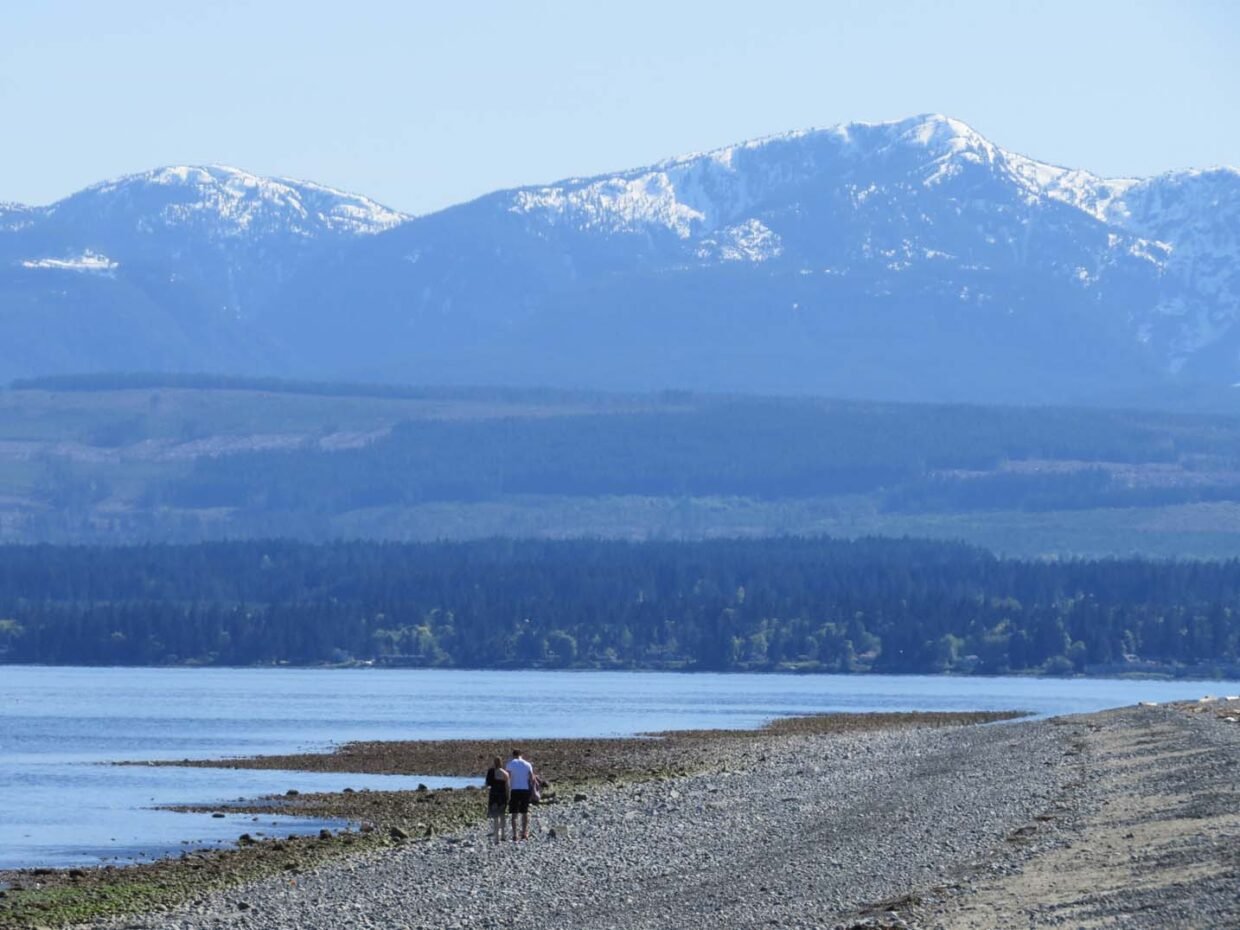
Summer – July and August
Summer is Vancouver Island’s main tourism season. From the Canada Day long weekend (early July) to the Labour Day weekend (early September), the Island is bustling with visitors and residents enjoying beaches, hiking trails, guided wildlife tours, markets, restaurant patios and festivals.
With the weather being typically dry, warm and sunny, July and August are amazing months to visit the Island and experience all that it has to offer. Rain is not impossible (especially in the northern and western regions) but it is far less likely.

There are some downsides to visiting the Island in summer, however. Demand is high. Campgrounds are busy, hotels charge premium rates and ferry lines are long.
This can be mitigated to some extent with careful planning, including making reservations well ahead of time. If you can, travel or visit busier spots during the week rather than the weekend.
- Best for: Camping, beaches, swimming, patios, local produce, kayaking, multi-day hikes, alpine hiking trails, music festivals
- Major events: Canada Day celebrations (1st July), Nanaimo Bathtub Races (July), Victoria Dragon Boat Festival (August), Rifflandia (August), Samsara Festival (August), Filberg Festival (August)
- Keep in mind: Busiest time to visit, highest prices, most demand for campgrounds/ferry

Autumn – September to Mid November
Autumn on Vancouver Island unfolds in two separate phases. The first part is merely an extension of summer, with some warm days and plenty of opportunities for outdoor adventure. Yes, rain is more of a risk but depending on the year, it may not arrive in force until late September.
September and early October are a wonderful time to visit Vancouver Island. The summer crowds lessen, the foliage starts to change colour and salmon are running in the rivers. Autumn themed events are abundant, from fall fairs and pumpkin patches to corn mazes and spooky Halloween activities.

If you love wildlife, this is a great time to take a grizzly bear watching tour. Campbell River and Telegraph Cove are the most popular launching points. We’ve tried out both locations and I can assure you that it will be the highlight of your Vancouver Island adventure.
In November, the days get shorter and progressively wetter. The waterfalls burst to life again with the rainfall, a bright spot in an otherwise quiet time of year.
- Best for: Changing colours, salmon run, grizzly bear watching, fall fairs, pumpkin patches, corn mazes, haunted activities, birding, fishing
- Major events: Alberni Fall Fair (September), VIEX Country Fair (September), Luxton Fall Fair (September), Woodstove Festival (November)
- Keep in mind: Quieter time to explore, weather is unpredictable – heavy rain possible
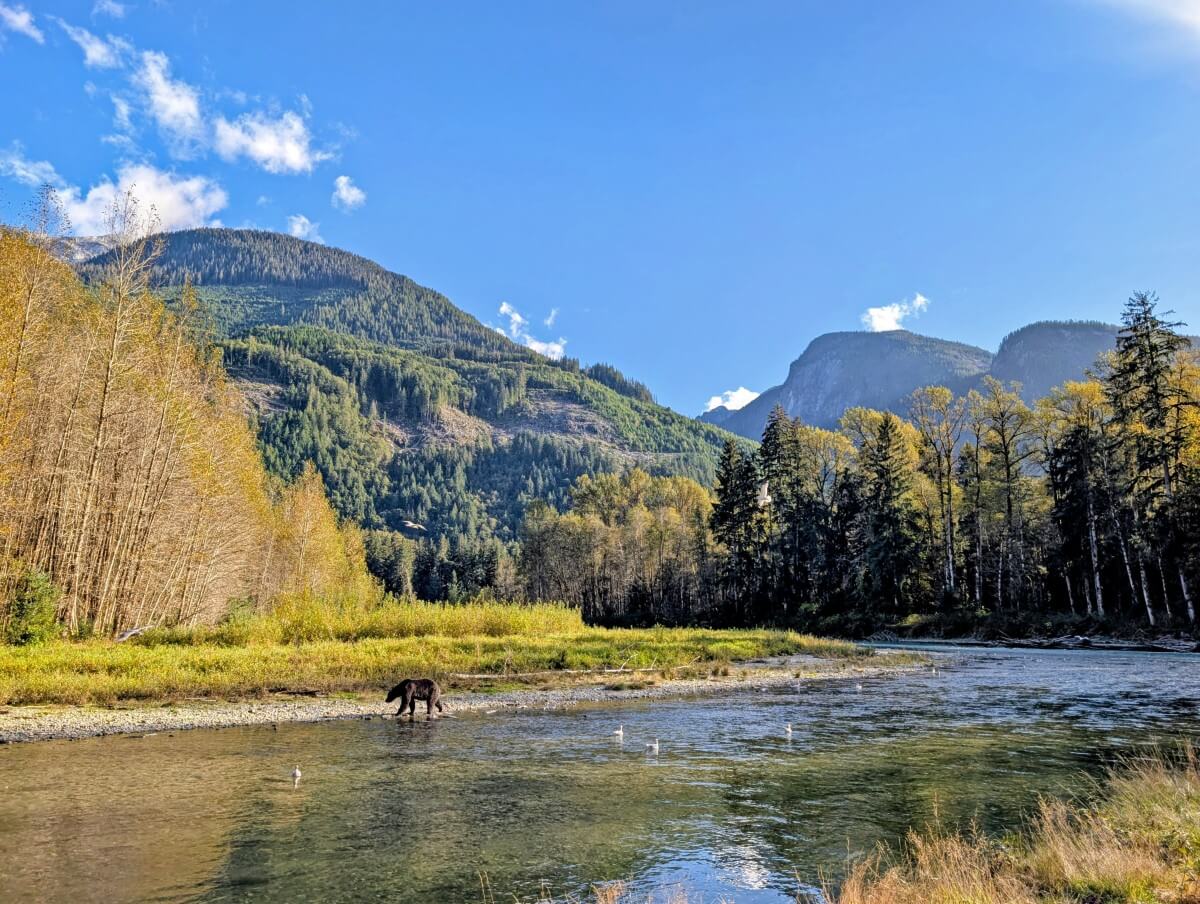
Winter – Mid November to March
If you love the idea of skiing and playing golf on the same day, winter on Vancouver Island may be just your style. While the higher elevations are blanketed in snow, communities at sea level receive only a few dustings over the winter.
Mount Washington Alpine Resort typically opens in mid December. Earlier is possible, if the conditions are favourable. Having worked at Mount Washington for three seasons, I find it an underrated spot for both alpine skiing and snowboarding. There’s a good mix of runs, no lines on weekdays and beautiful ocean views from the summit.
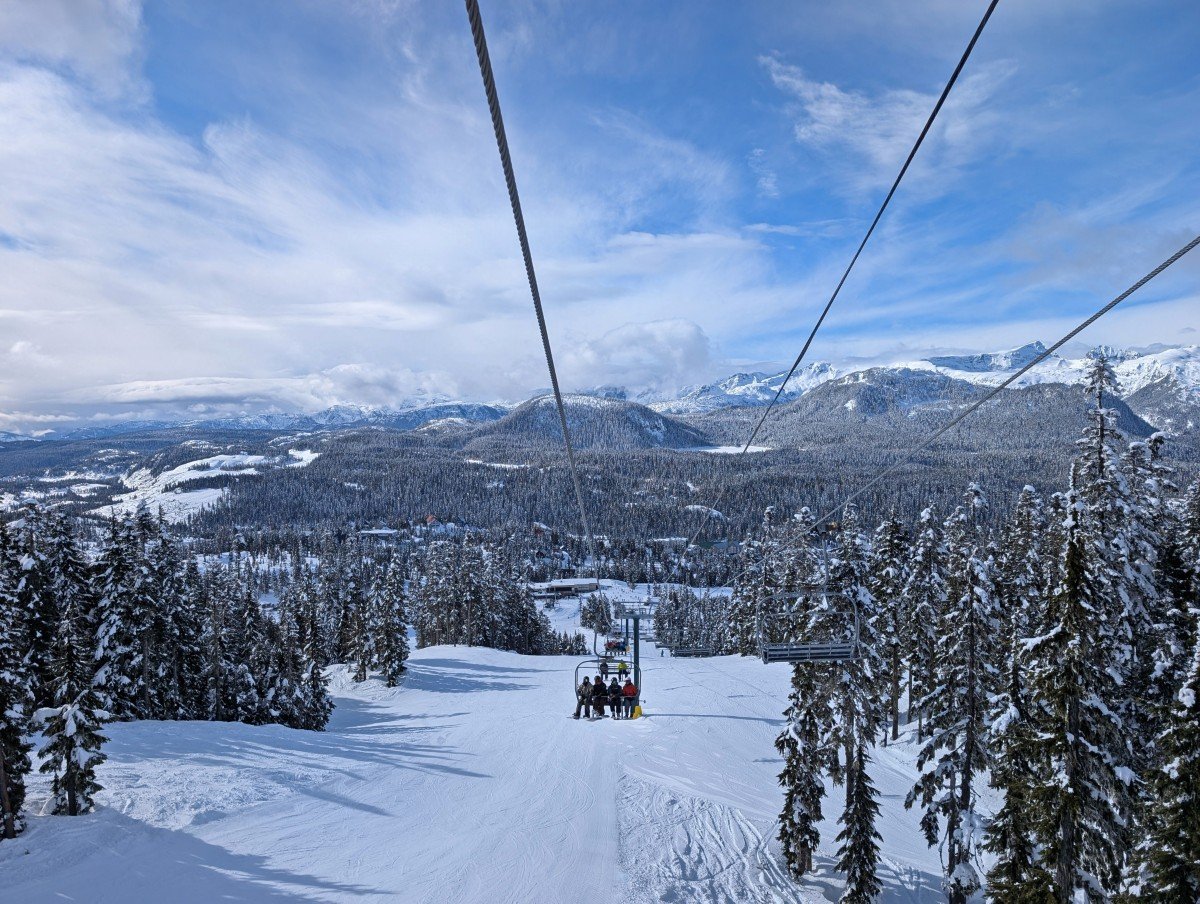
The nordic area at Mount Washington is also impressive, especially as it backs onto Strathcona Provincial Park. Spend a day cross country skiing or try some snowshoeing.
Winter is also a great time for storm watching. Tofino is the ideal place to go, with many hotels having oceanfront rooms where you can watch the waves roll in. Surfing is popular too, with locals claiming winter to offer the best conditions for experienced surfers (fall is better for beginners).
- Best for: Storm watching, skiing/snowboarding, snowshoeing, Christmas events and markets, cosy escapes
- Major events: Ladysmith Festival of Lights (November), Victoria Winter Bazaar (November), Langford Winter Festival (December)
- Keep in mind: Coldest temperatures, snow at higher elevations, heavy rain is frequent, short days

Seasonal activity overview
More of a visual person? The following graphic may help you!
When considering your Vancouver Island adventure, consider which type of activities you most want to enjoy. This will help define which month(s) is most suitable.
The blue shaded months indicate that an activity is usually possible, while the yellow shaded months specify the best months.
- Hiking, for example, is possible at sea level all year round. The most ideal time to hike, however, is from April to early October, with the warmer months being the best (June to September)
- Alpine hiking refers to high elevation trails in the mountains, which are not usually snow free until summer
- Camping is also technically possible all year round on Vancouver Island (especially when RV camping) but I have included the months in which tent camping is most comfortable, with availability in mind since many campgrounds do not open in the winter months
- Some of the activities listed here have more concrete start and end dates, due to tour operator schedules. Wildlife watching tour operations, for example, are influenced by animal behaviour (whale migration, salmon run etc)
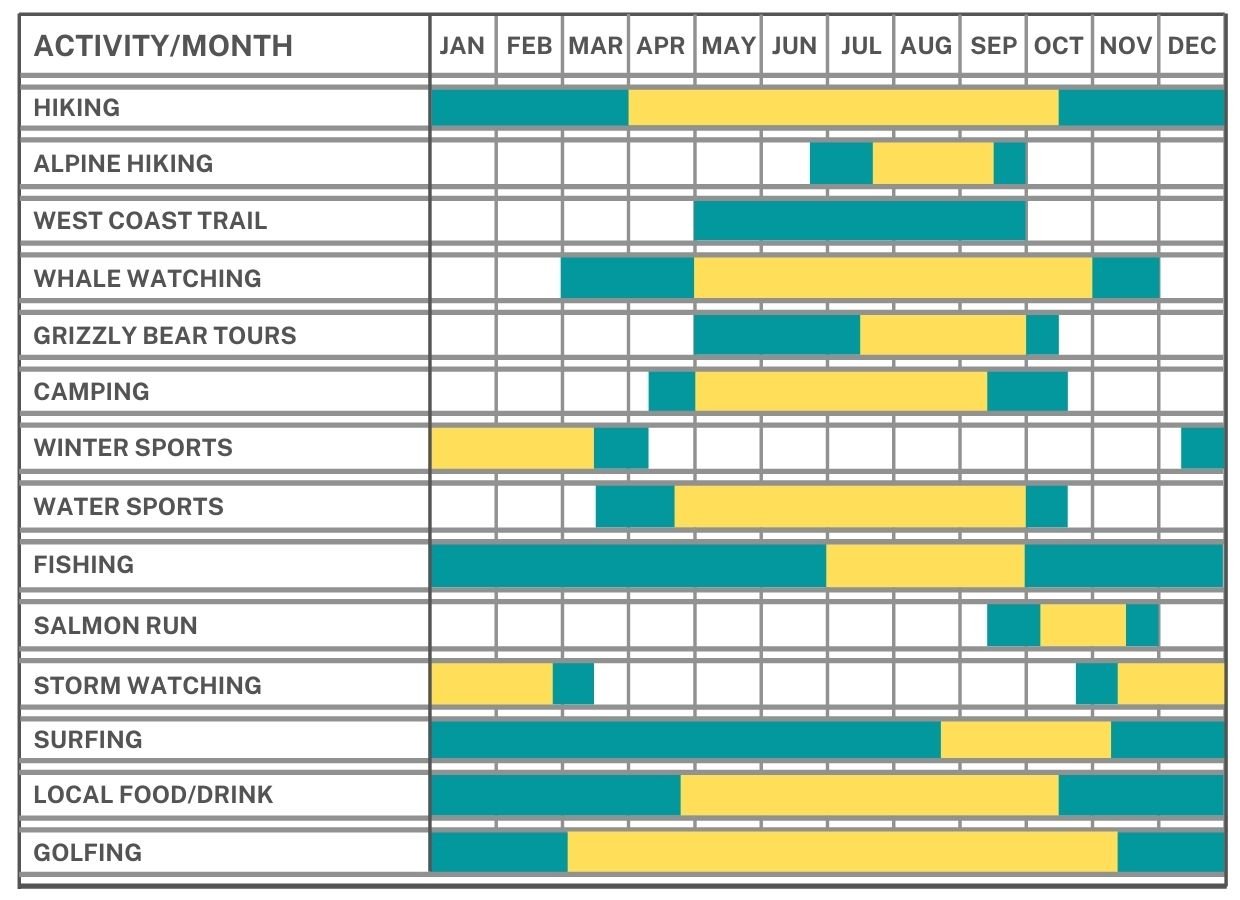
This seasonal calendar is provided for general information only. Even with careful planning, so much still depends on the weather.
Vancouver Island weather can be variable, with rain, hail, wind and sun possible all on the same day sometimes! Conditions can also vary from year to year.
March and April, for example, can be extraordinarily warm some years (20°C or more) while in other years, temperatures stay on the cooler side (12-14°C). June can often be strangely cloudy and mild (less than 20°C), despite technically being the start of summer.

Planning a trip to Vancouver Island?

Our Vancouver Island Travel Guide features an interactive map with 150+ of the best things to see and do.
The itinerary builder tool makes it easy to create your perfect trip.
Download the app and use offline while travelling!


Planning a trip to Vancouver Island?

Our Vancouver Island Travel Guide features an interactive map with 150+ of the best things to see and do.
The itinerary builder tool makes it easy to create your perfect trip.
Download the app and use offline while travelling!


One half of the Canadian/British couple behind Off Track Travel, Gemma is happiest when hiking on the trail or planning the next big travel adventure. JR and Gemma are currently based in the beautiful Okanagan Valley, British Columbia, Canada. Consider buying us a coffee if you have find any of our guides helpful!

